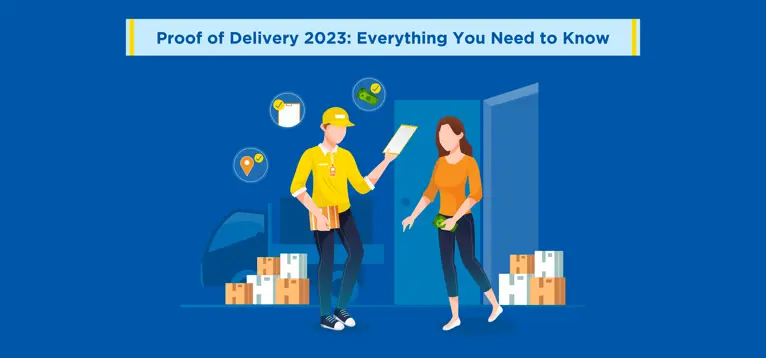Disputed deliveries are the worst nightmare in the eCommerce realm. The ensuing delay in the final (last-mile) leg is reason enough to turn loyal customers into estranged ones.
A recent survey by Loqate echoes this – Of 84% of global shoppers who are concerned about their packages not being delivered on time, 46% (Baby boomers) are not likely to purchase from a retailer if they deliver a package late, followed by Gen X (38%), Millennials (28%), and Gen Z (29%).
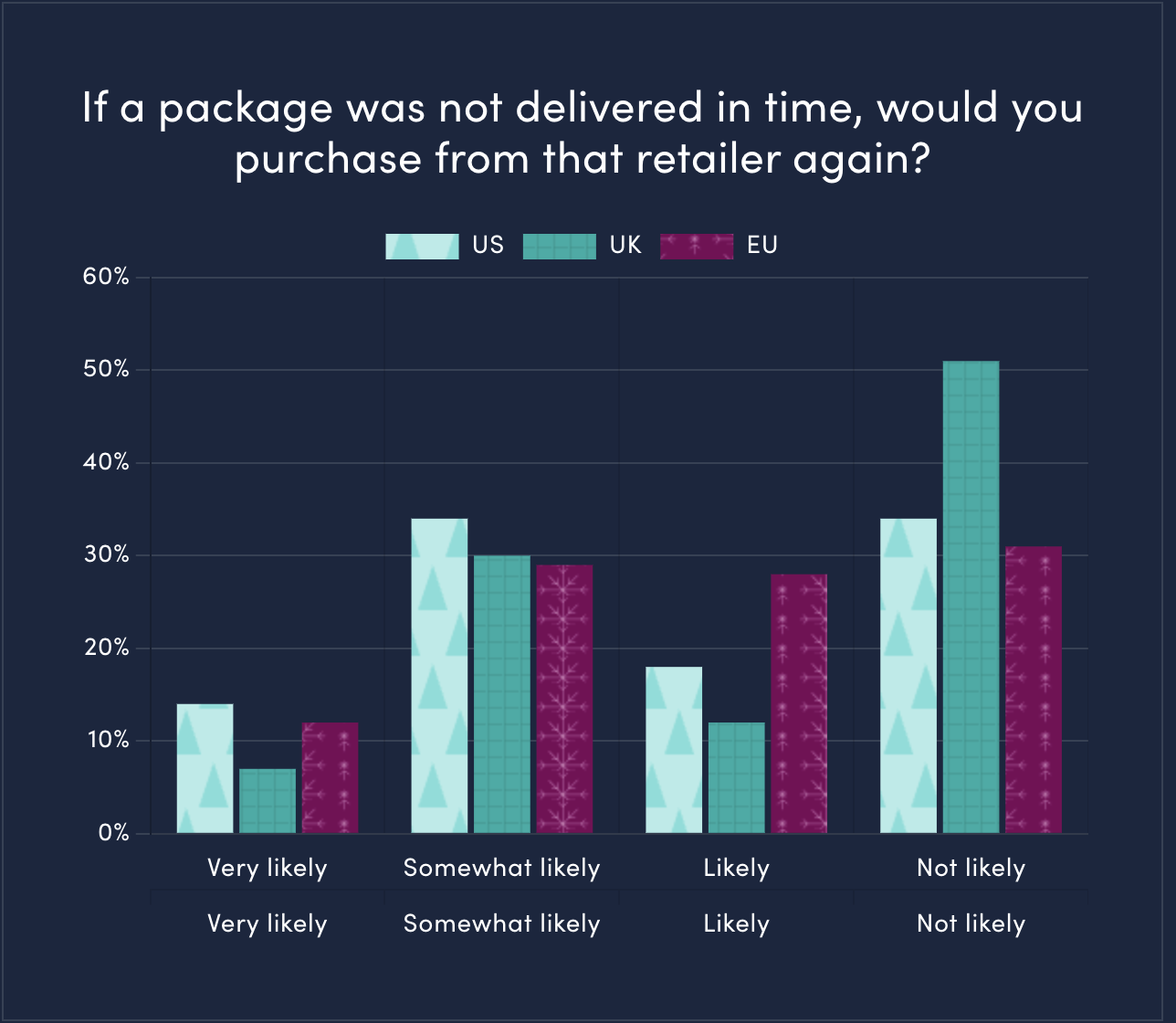
The bottom line is—leaving the success of final (last-mile) operations up to chance can be detrimental to your eCommerce business.
That’s why brands making conscious efforts to streamline their product deliveries continue to embrace proof of delivery as one of the crucial aspects of logistic operations, if not the most crucial.
If you are unsure about the significance of proof of delivery in the eCommerce order management and supply chain, then now is the time to know it inside out. So, let’s dive right in.
What Is Proof of Delivery (PoD)?
A proof of Delivery, a.k.a PoD, is a document that the consignee or recipient of the shipment signs after successfully receiving the package in satisfactory condition. It’s an acknowledgement receipt to validate that the order has arrived at its intended destination.
The shipping company issues PoD and its receipt by the customer marking the completion of the last stage in the eCommerce order fulfilment process.
A typical PoD consists of the following information:
- Consignee's name and address
- Information about the order
- Shippers details
- Payment information
- Product specifications
- Signature of the consignee
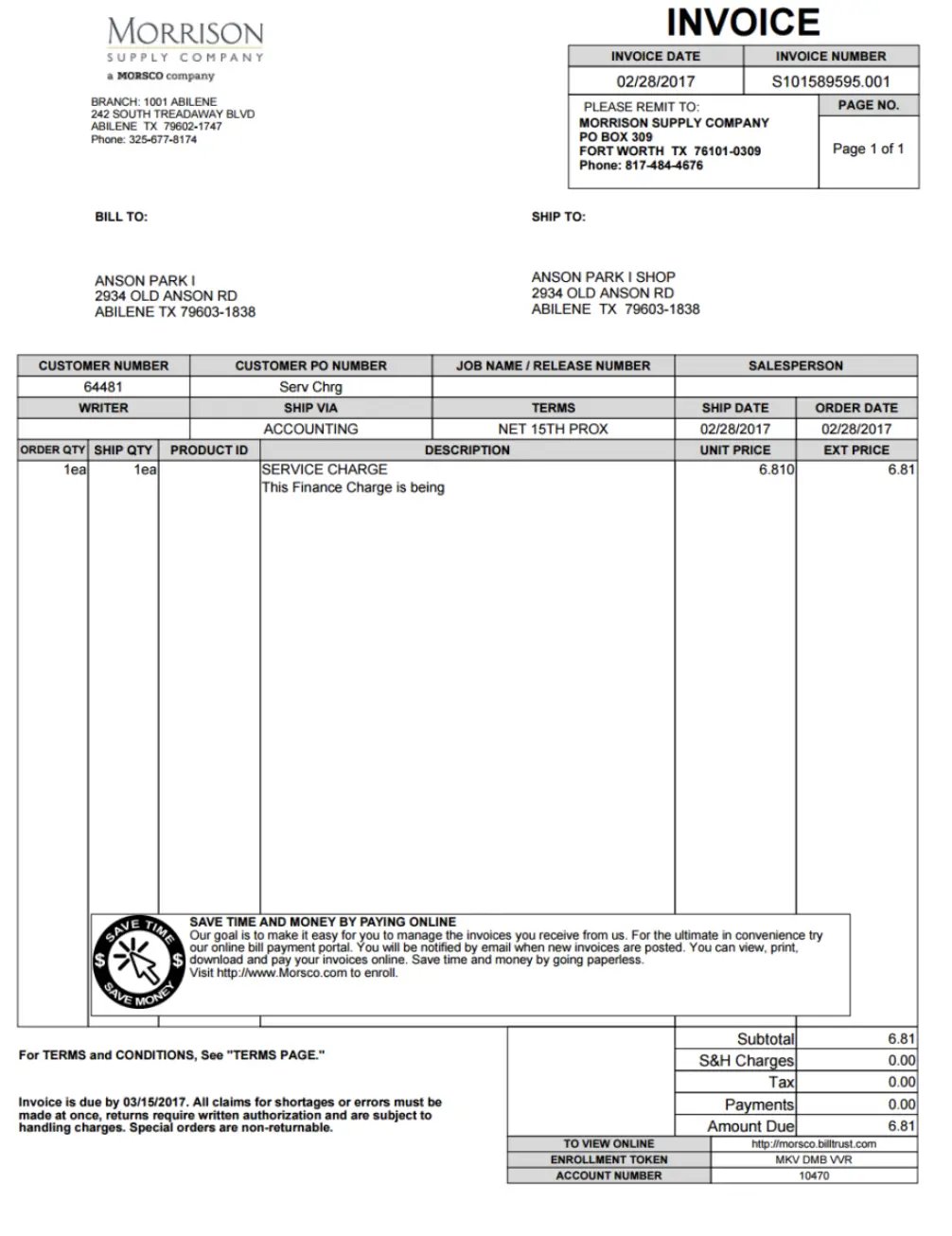
While the proof of delivery system offers a win-win for sellers and shoppers alike, how exactly does it translate for both parties?
From the perspective of an eCommerce brand, proof of delivery enables:
- To gain complete visibility into final (last-mile) delivery.
- To uncover any tampering or poor delivery practices.
- To track shipments and identify errors in case of a missed delivery.
- To ascertain the timely delivery of the package.
- To optimise the overall shipping efficiency.
- To deliver superior customer experiences.
From the customer standpoint, proof of delivery allows them to:
- Receive accurate pickups, deliveries, and returns.
- Refuse delivery on the grounds of damage or missing items.
- Resolve any dispute about the shipped order with the seller.
- Track items out for the delivery in real time.
What Are the Different Types of PoD?
Two main types of proof of delivery are:
- Paper-based Proof
- Electronic Proof
Paper-Based Proof
At its simplest, PoD comes in physical form, i.e., paper. It can be either hand-written or printed and needs to be signed by the recipient when the order is delivered. Further on, the eCommerce seller receives signed proof and saves it for future use.
In this context, a Delivery note, Delivery order, or Delivery docket serves more or less a similar purpose, even if their names are different.
Although hardcopy proof of delivery has a long history and has been a popular proof system in eCommerce shipment delivery, it is falling short in the face of upsurging online shopping trends.
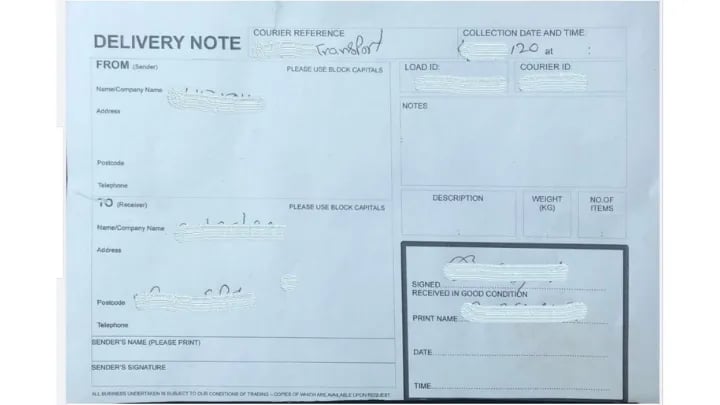
Some of the most prominent challenges associated with paper-based proof are:
- It is slow because the driver returns the proof only when the shift ends. For the same reason, it presents almost no real-time communication with the recipient.
- There is an inherent potential for human errors because of manual processing.
- The form itself is cumbersome to fill out and often difficult to read due to illegible handwriting.
- The repetitive tasks reduce the driver's efficiency, increasing the likelihood of imprecise information.
- Paper is more prone to damage or loss and difficult to recover.
- The amount of information that can be included in the paper is limited by the space available.
- The fields of delivery details in the paper-based proof are almost fixed and can not be tailored to suit the different freights or recipients.
Electronic Proof
Ditching the age-old paperwork and using electronic proof of delivery (ePoD) software or app helps businesses overcome the above mentioned obstacles.
In the electronic proof of delivery, the delivery driver carries digital devices like smartphones or tablets instead of a clipboard full of paper. The device supports the use of electronic recording systems like barcodes and GPS.
This digitised system enables businesses to track packages and send delivery receipts to customers electronically. When the driver hands the package to the recipient, the recipient confirms delivery through an electronic signature on the same device on receiving the shipment.
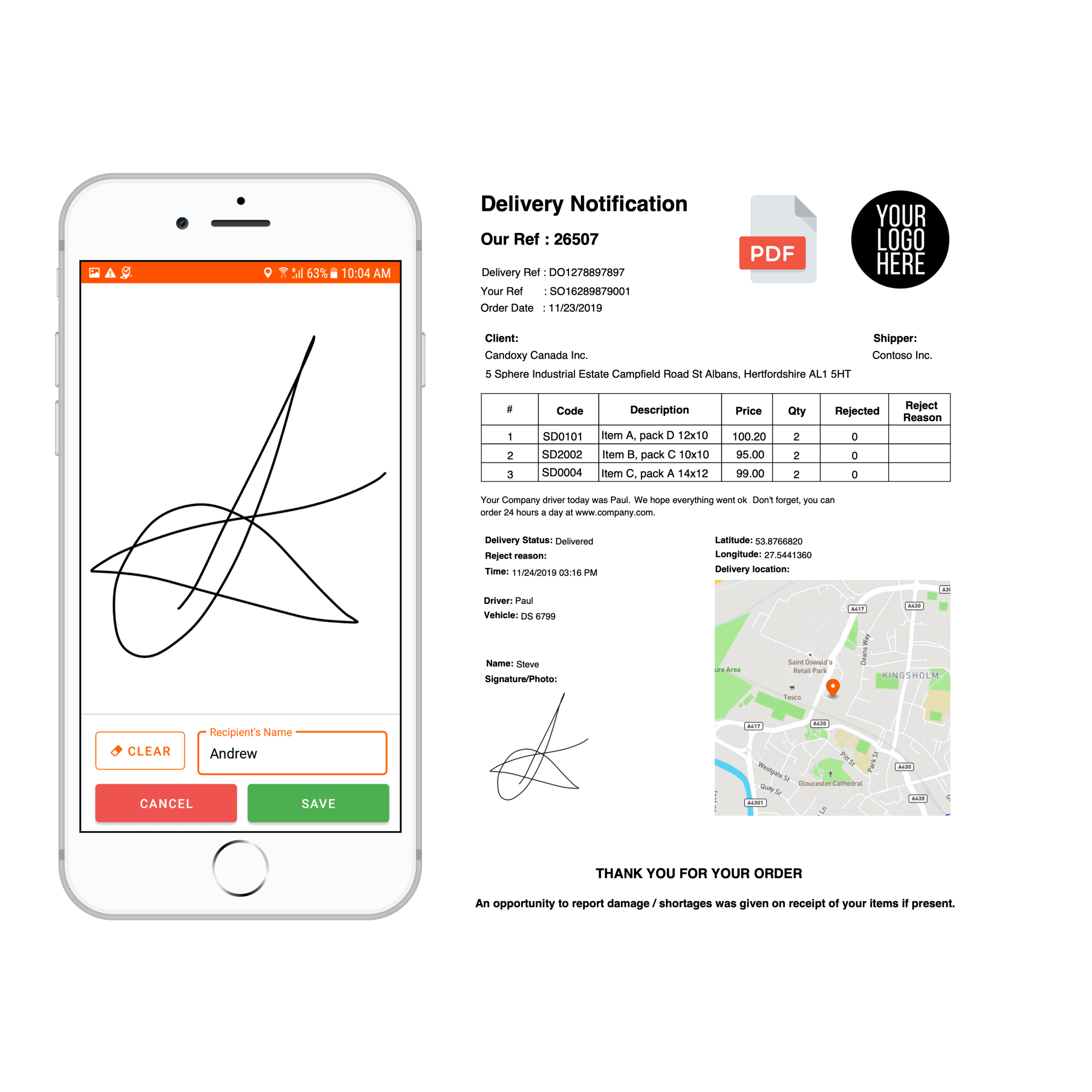
What are the advantages of using electronic proof of delivery?
- More scanning and fewer manual entries expedite the shipping process.
- It streamlines the product delivery workflow eliminating the need to maintain hardcopy receipts.
- Customers receive ePoD in real-time, which enhances overall transparency and communication during order fulfilment.
- Paper-free processes allow the drivers to get done with a comparatively more number of fleets with lesser chances of delays.
- It reduces human errors and improves data accuracy.
- Due to the electronic device’s ability to record routes and GPS coordinates, the system displays heightened traceability.
Benefits of Proof of Delivery
Prevents Delivery-Related issues
Despite taking all the precautions in the world, shipment delivery is still subject to theft, loss, or damage.
However, the situation can get tricky when the items are stolen right off the customer’s porch. Sellers find themselves in the soup when some customers take advantage of such a situation to falsely claim that they never received their purchase. Sometimes, drivers may lose the packages but mark them delivered.
On the flip side, it is equally common for customers to witness misconduct and false accusations from sellers.
Proof of delivery ensures end-to-end accountability for all the stakeholders of the final (last-mile) delivery process – the seller, the logistic partner, and even the customer. As a result, should any disputable circumstances arise, PoD can help track and trace the point of error and resolve the conflict.
Increases Customer Satisfaction with Delivery
Ecommerce businesses can leverage proof of delivery to cater to the ever-increasing delivery expectations of their customers.
For instance, with the technological advancements in ePoD, sellers can offer highly customizable pre- and post-delivery communications, tracking notifications, etc. The digitised system also provides friction-free management of issues like failed delivery, delays, damage, grievance resolution, delivery exception, and many more.
This way, seamless back-end operations and proactive record-keeping eliminate the gaps, thus helping sellers gain the lion’s share of customer loyalty and build brand image.
Helps with Performance Tracking
Proof of delivery streamlines delivery workflow and adds transparency across the logistic operations.
Real-time tracking, GPS map stamping, timestamp, and geolocation have been of massive help in achieving this. Because of which, sellers and shoppers always know where the shipment is and what happens with it once it is delivered to the destination.
Certain PoD software solutions even allow businesses to plan and track routes and fuel stoppages depending on the nature of their supply chain operations.
In this way, sellers can have their finger on the pulse of performance indicators allowing closer monitoring of the delivery performance of the logistic staff.
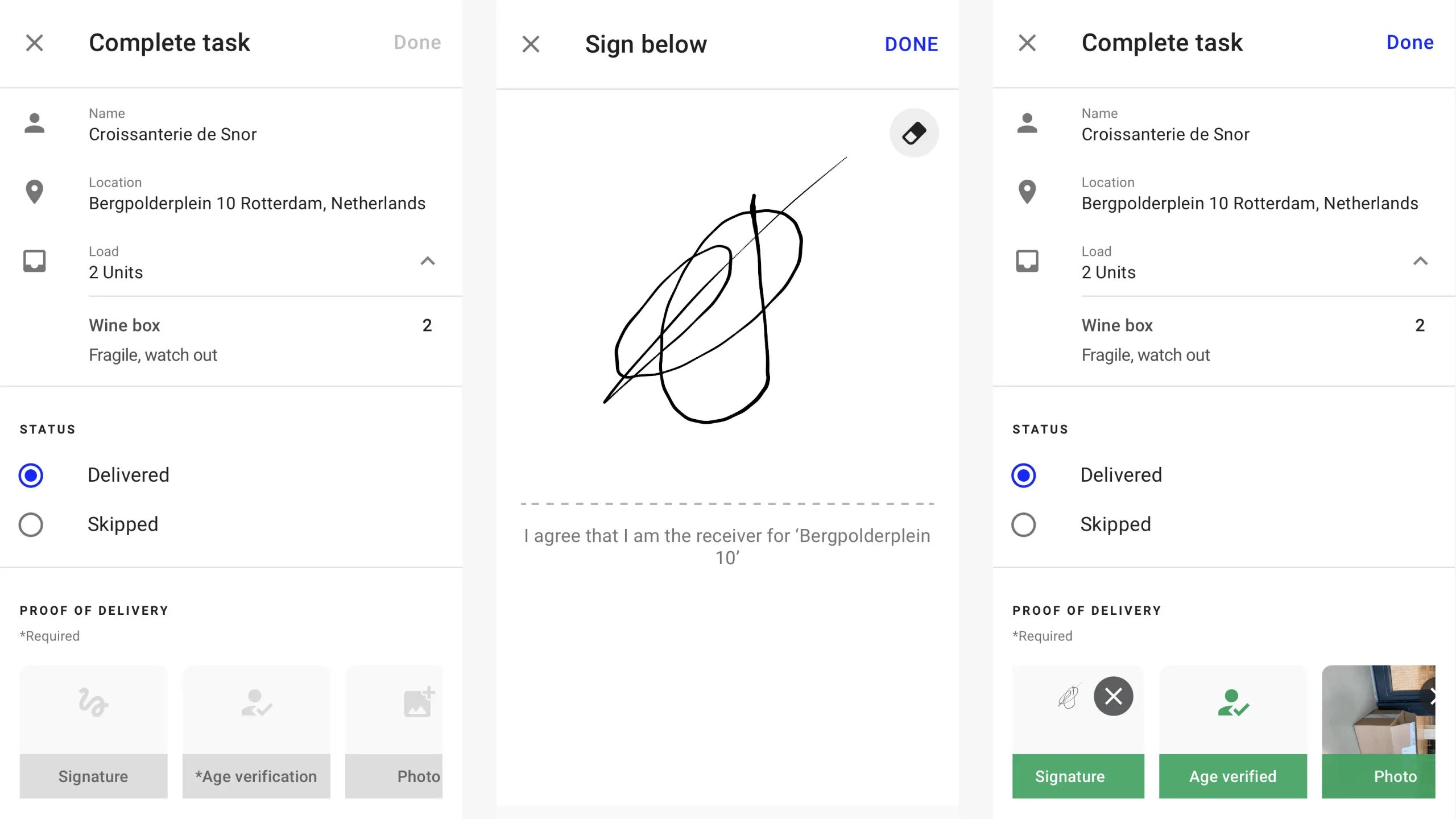
Reduces Fraud
If it were not for PoD, eCommerce business owners would struggle to prove that they delivered the shipment. By having tangible proof that the order arrived safely without any damage during the transit, business owners can protect themselves from fraudulent claims.
Aside from that, electronic proof of delivery decreases the room for data corruption and manipulation at all stages. Because records cannot be deleted or modified without altering anyone else having access to the record, it provides a more secure environment for all parties involved in the delivery process.
![]()
Conclusion
Amidst the same-day delivery expectations, high order volumes, supply chain crisis, and fuel price hikes, order shipping and fulfilment are becoming the bane of every eCommerce brand’s existence.
Fortunately, digitised proof of delivery is there to be your redeeming feature. It enables brands to streamline supply chain operations and ensure timely pickups, deliveries, and returns. Thanks to it, business owners, shippers, and carriers can better serve customers, lower operating costs, and improve their margins.
Get in touch with our experts at PACK & SEND to see how our shipping services can best align with your business needs and optimise delivery outcomes for you.
Image Sources: Loqate, Morsco, Smartroutes.io, Track-Pod, Routetitan
